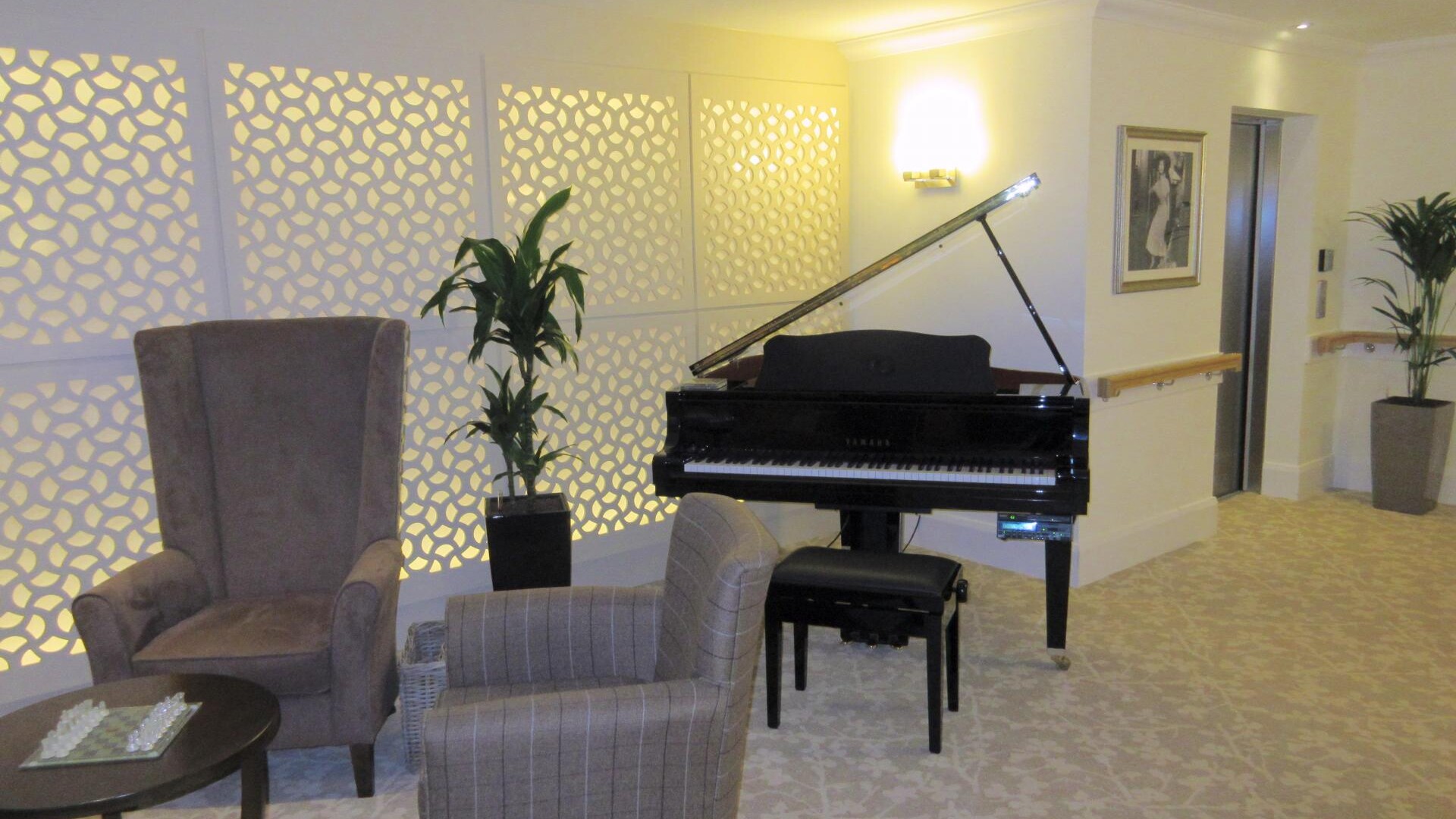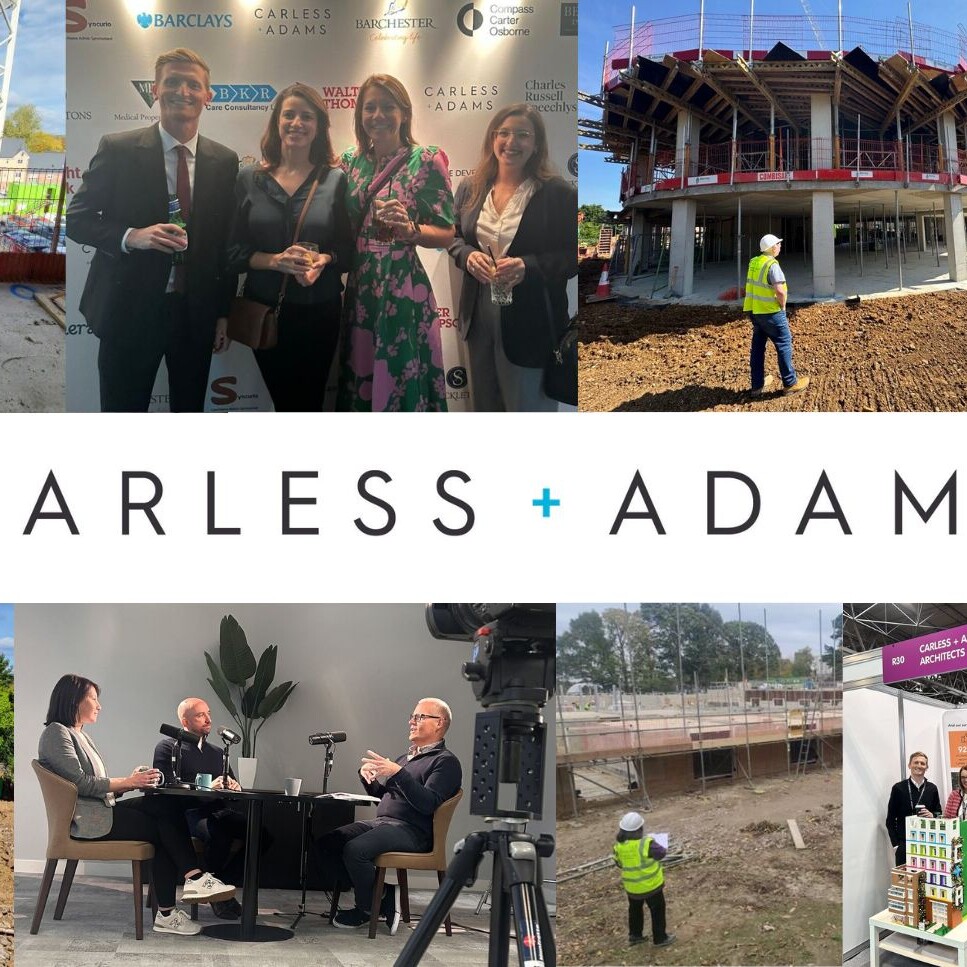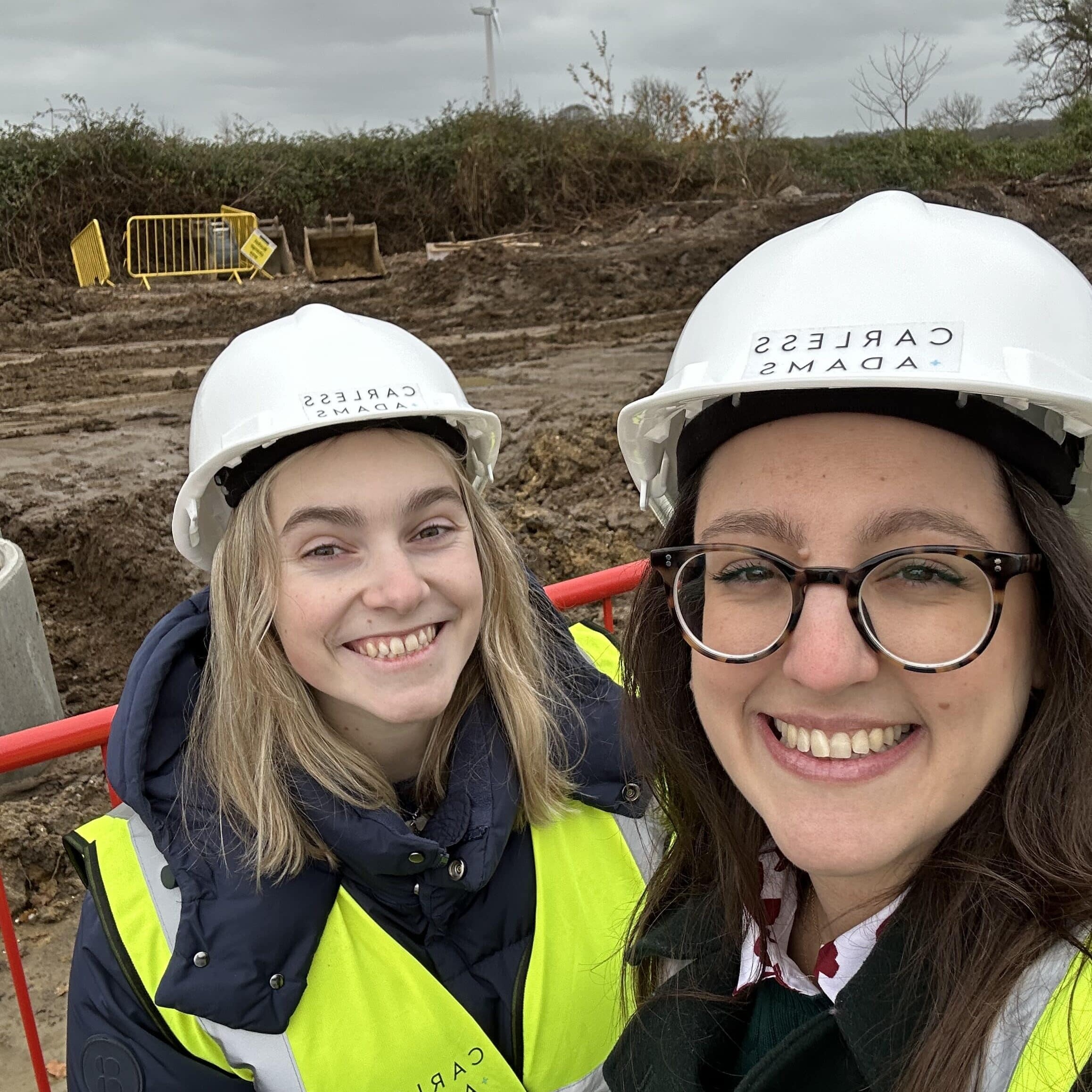If the environment is calm, relaxing and interesting rather than industrial or the traditional care home, then people will feel less anxious and calmer about moving.
Unless you have had a first-hand positive experience of care, then perceptions of the care sector as a whole can be tainted by press coverage often focusing on the negatives. Currently the move into care is often a forced decision, following the unexpected arrival of a debilitating illness or hospital stay rendering peoples’ own homes incompatible with their requirements. Torn from their homes without a chance for an emotional farewell to the bricks and mortar that has been their lives, has been experienced time and time again, and can lead to negativity around their new home, but with a well designed care home and with better planning, this should not be the case.
A survey conducted by Demos confirms this by stating that those surveyed in their 80’s wished they had thought about moving home 5-10 years previously than they actually did. Leaving the move until it becomes a last resort will likely conjure negative emotions which invariably gets passed on to the visiting younger generations and so the negative perception continues in a vicious cycle. This however, needn’t be the case. Understanding the current provision of supported living options and supply, proposed developments embracing alternative care routes, addressing emotional issues towards moving, clarity around funding and how independence can be retained will all help to change perceptions.
The choice of care home facility is often made by the future residents’ families, with the resident often only visiting their new home on the day they move in. Removing anxiety on arrival is one of the primary concerns for Adrian Pancott, CEO at Kyn. In our interview with him, Adrian felt that design was the biggest factor in making a new resident feel at ease upon their arrival; “If the environment is calm, relaxing and interesting rather than industrial or the traditional care home, then people will feel less anxious and calmer about moving.”
Read more detail in our White Paper The future of care and how design can influence its evolution


